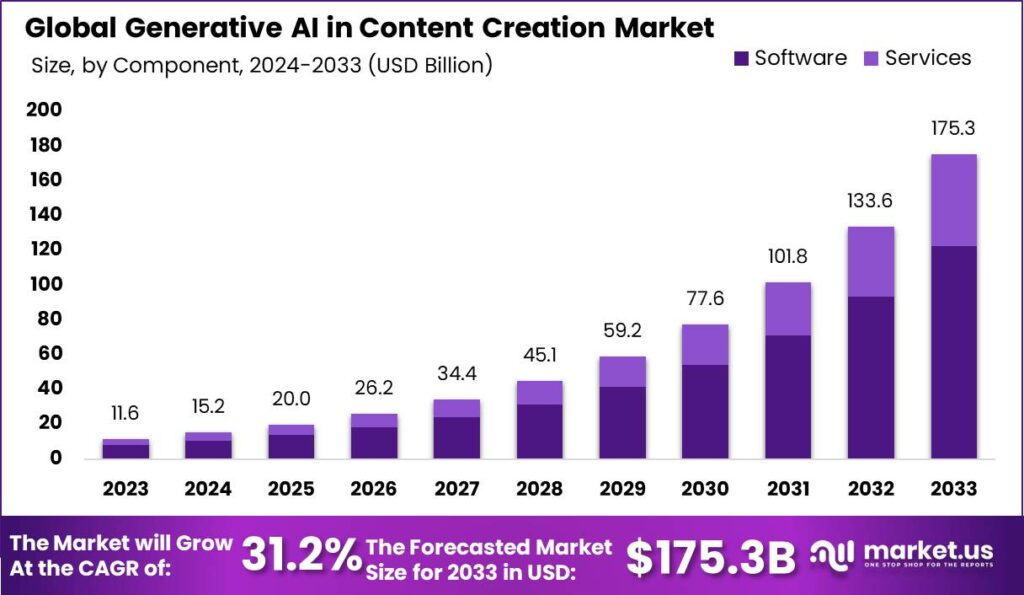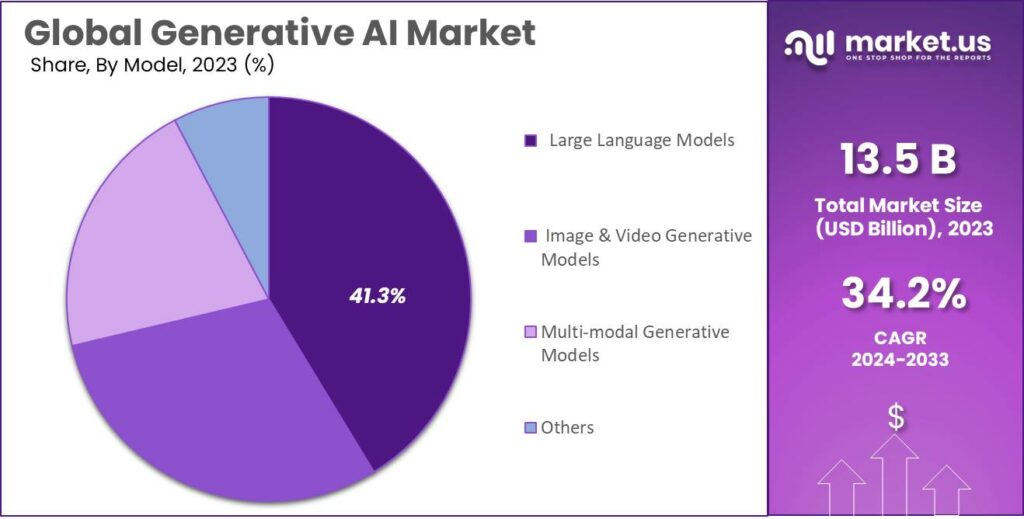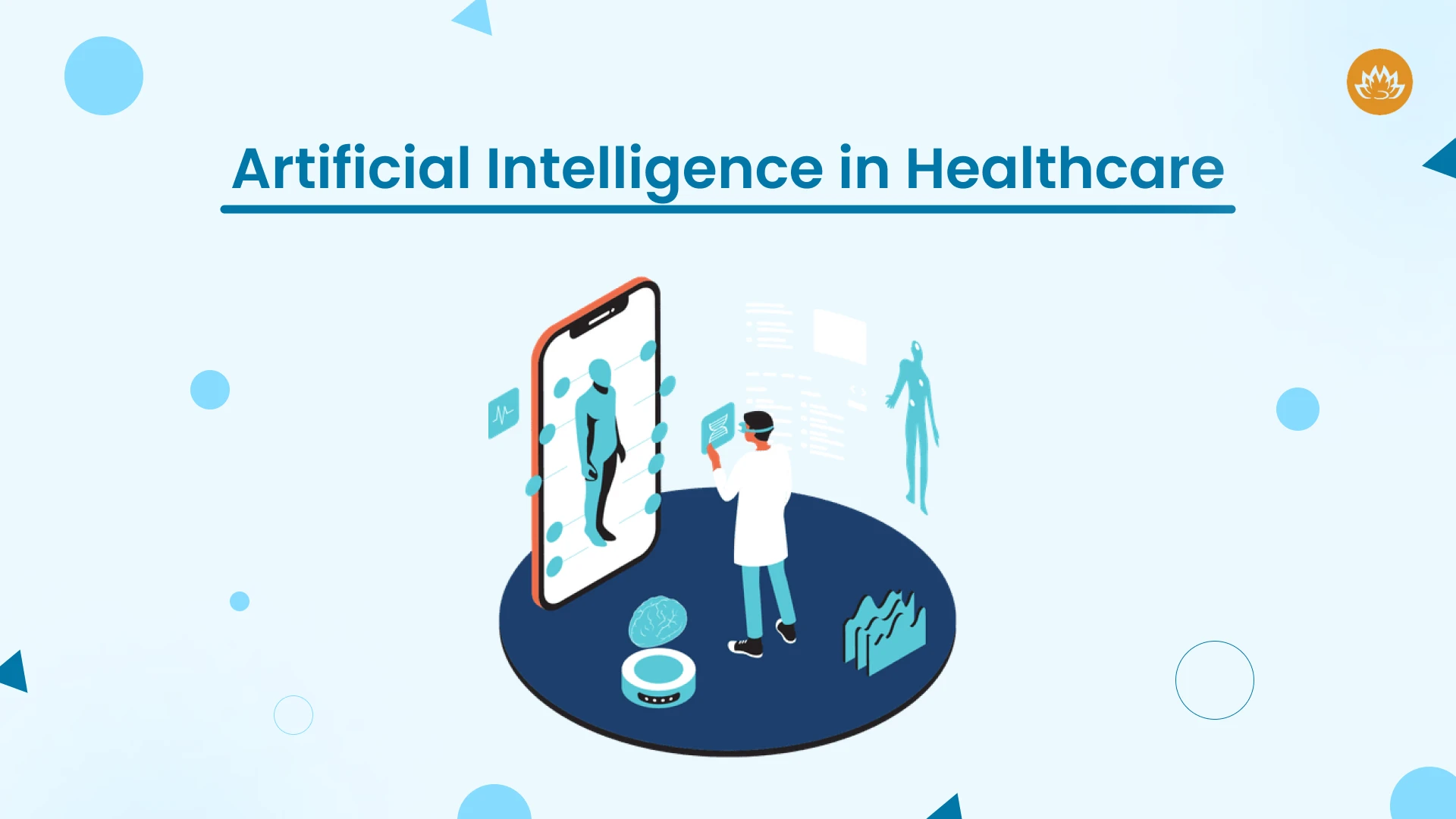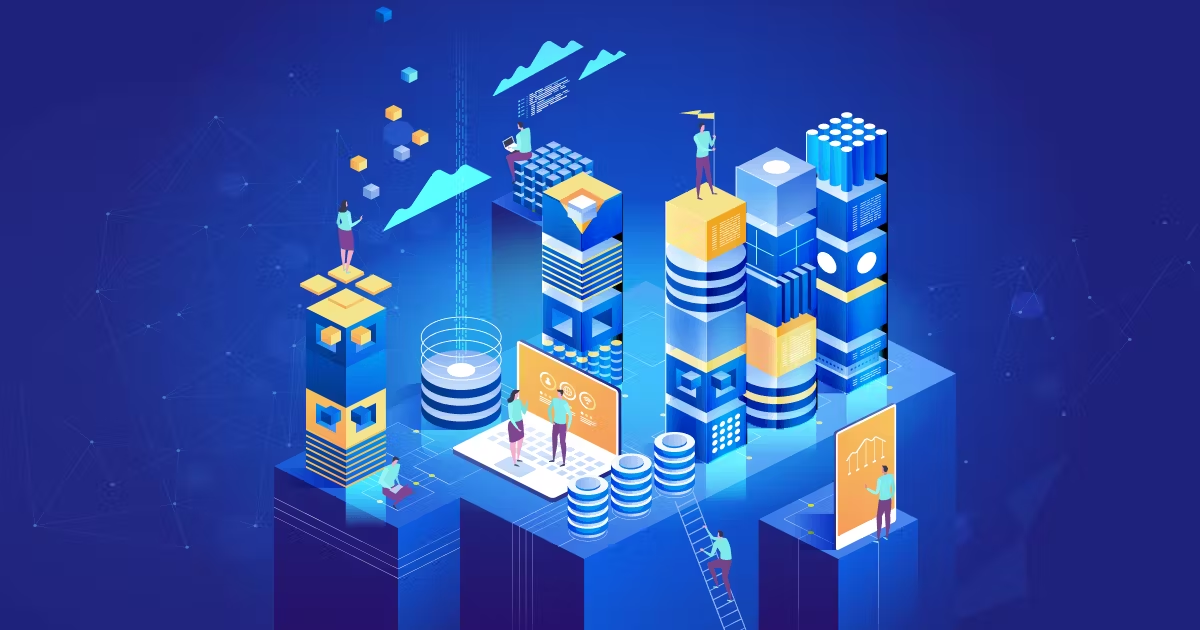Artificial intelligence (AI) is transforming industries across the board, and the world of content creation is no exception. Over the past few years, AI-generated content has moved from being a novel experiment to a practical tool that marketers, writers, and businesses use to streamline their workflows. The rise of AI-generated content is changing how content is produced, how marketing strategies are developed, and what it means to be a writer in the digital age.
This shift raises critical questions: Will AI replace human writers? How can marketers use AI-generated content effectively without losing the personal touch? What does this technological advancement mean for the future of content marketing? In this blog, we will dive deep into the implications of AI-generated content, exploring its benefits, challenges, and its evolving role in the writing and marketing landscape.

Table of Contents:
- What Is AI-Generated Content?
- The Evolution of AI in Content Creation
- How AI-Generated Content Works
- Benefits of AI-Generated Content for Writers and Marketers
- Challenges and Limitations of AI-Generated Content
- The Role of AI in SEO and Content Marketing
- Will AI Replace Human Writers?
- How Writers and Marketers Can Adapt to AI Content Tools
- Conclusion
1. What Is AI-Generated Content?
AI-generated content refers to text, images, videos, and other forms of media created by artificial intelligence algorithms. These AI systems use natural language processing (NLP), machine learning, and deep learning to analyze data, generate ideas, and even write full-length articles, blogs, or marketing copy.
Some well-known AI content generators include OpenAI’s GPT series, Jasper AI, Copy.ai, and Writesonic. These tools are capable of creating human-like text, from short social media posts to in-depth research articles.
While AI-generated content has its roots in predictive text and simple content generation tools, the technology has evolved to produce sophisticated, relevant, and engaging material that many businesses use to supplement their content needs.
2. The Evolution of AI in Content Creation
The journey of AI in content creation started with basic algorithms designed to perform simple, rule-based tasks such as filling in templates or generating straightforward reports. Over time, advancements in machine learning and NLP have enabled AI to understand context, nuance, and tone, making the content it produces much more human-like.
Key milestones in this evolution include:
- 2015: The introduction of NLP algorithms capable of processing human language more efficiently.
- 2019: The release of OpenAI’s GPT-2, a language model that could generate coherent text from a few input prompts.
- 2020: The arrival of GPT-3, which significantly improved AI’s ability to generate long-form, creative, and complex content.
- 2024: Today, AI tools are not only capable of creating content but also analyzing user data to generate hyper-personalized copy and recommendations.
This continuous evolution is bringing AI from simple automation to being an integral part of the content creation process.
3. How AI-Generated Content Works
AI-generated content is based on machine learning models that are trained on vast datasets of written text. These models analyze patterns in language, sentence structure, and context to predict what comes next based on the input they receive.
For example, if a user provides a prompt to an AI content tool such as “Write a blog about the benefits of meditation,” the AI algorithm draws on its data to generate relevant text. It understands key terms, knows how to structure paragraphs, and applies appropriate tone and style.
The process generally involves:
- Data Analysis: The AI model is trained on billions of pieces of data, including books, articles, websites, and more.
- Contextual Understanding: The AI learns to comprehend context, meaning, and sentiment.
- Text Generation: The AI generates content based on input and attempts to match human language as closely as possible.
- Feedback Loop: As users provide feedback or corrections, AI tools continue to improve, making future outputs even more accurate.
4. Benefits of AI-Generated Content for Writers and Marketers
A. Efficiency and Speed
One of the most significant advantages of AI-generated content is the speed with which it can produce written material. Writers and marketers can generate draft content within minutes, cutting down the time spent brainstorming or creating from scratch.
B. Content at Scale
AI enables marketers to produce content at scale, whether it’s for social media posts, blog articles, product descriptions, or email campaigns. This is particularly useful for businesses that need to maintain a high volume of content output without overwhelming their human writers.
C. Personalization
AI can analyze user data to generate highly personalized content. By leveraging AI tools, marketers can craft targeted messages that resonate with specific audiences, increasing engagement and conversion rates.
D. Improved SEO and Data-Driven Insights
Many AI tools are equipped with SEO capabilities, allowing marketers to generate content that is optimized for search engines. AI can help identify relevant keywords, suggest meta tags, and ensure that the content follows SEO best practices. Moreover, AI can analyze performance data to help refine content strategies.
5. Challenges and Limitations of AI-Generated Content
Despite its advantages, AI-generated content comes with some significant limitations:
A. Lack of Creativity and Original Thought
AI is excellent at replicating patterns and generating content based on pre-existing data, but it struggles with true creativity and originality. It can produce well-structured content but may lack the emotional depth, insight, or unique voice that human writers offer.
B. Risk of Plagiarism
Since AI tools are trained on large datasets that include published works, there’s always a risk that the generated content may inadvertently replicate phrases or ideas from other sources, leading to potential plagiarism issues.
C. Inconsistent Quality
While AI can produce coherent content, the quality can be inconsistent. In some cases, the text may sound robotic or repetitive, requiring significant editing to ensure it meets a brand’s standards.
D. Ethical Concerns
The rise of AI content creation raises ethical questions about the future of jobs in writing and marketing. Will AI replace human writers? How can businesses strike the right balance between AI automation and human creativity?

6. The Role of AI in SEO and Content Marketing
AI is playing an increasingly prominent role in content marketing, particularly in terms of search engine optimization (SEO). AI tools can:
- Identify Keyword Opportunities: AI can quickly analyze data to identify high-potential keywords, helping marketers create content that ranks better in search engines.
- Optimize On-Page SEO: From meta descriptions to alt tags, AI tools can assist in optimizing various on-page elements, ensuring content is well-structured for search engine crawlers.
- Content Gap Analysis: AI can help marketers identify gaps in their current content strategy and suggest topics that align with audience interests.
- Competitor Analysis: AI can analyze competitors’ content strategies and highlight opportunities for improvement or differentiation.
7. Will AI Replace Human Writers?
The idea that AI will replace human writers entirely is a common fear, but the reality is more nuanced. While AI is becoming a powerful tool for generating content, it still lacks the creativity, emotional depth, and cultural sensitivity that human writers bring to the table.
AI is best seen as a supplement to human creativity, not a replacement. It can handle repetitive, data-driven tasks, allowing writers to focus on strategy, storytelling, and higher-level content creation. In many cases, AI can handle the groundwork, but human writers are needed to refine, edit, and add the personal touches that make content truly resonate.
8. How Writers and Marketers Can Adapt to AI Content Tools
Rather than seeing AI as a threat, writers and marketers can use it to enhance their work and improve efficiency. Here are a few ways to adapt:
A. Embrace AI as a Research Tool
AI can help writers conduct research, organize ideas, and even suggest outlines, freeing up more time for creative thinking.
B. Use AI for Content Ideation
Struggling with writer’s block? AI tools can generate ideas, headlines, and content prompts, making it easier to get started on a project.
C. Focus on High-Level Strategy
AI can take care of basic tasks like generating product descriptions or social media posts, allowing marketers to focus on higher-level strategy and brand storytelling.
D. Collaborate with AI
Think of AI as a co-creator. Use its output as a starting point and refine it with your unique insights and creativity to make the content truly your own.
9. Conclusion
The rise of AI-generated content is reshaping the landscape for writers and marketers. While it offers numerous benefits such as efficiency, scalability, and data-driven insights, it also presents challenges like inconsistency, lack of creativity, and ethical concerns. Rather than fearing AI, writers and marketers should embrace it as a powerful tool that complements human creativity and strategic thinking.
As AI continues to evolve, the key will be to find the right balance between automation and personalization, ensuring that content remains engaging, meaningful, and tailored to audience needs.





Leave a Reply to 580bet Cancel reply